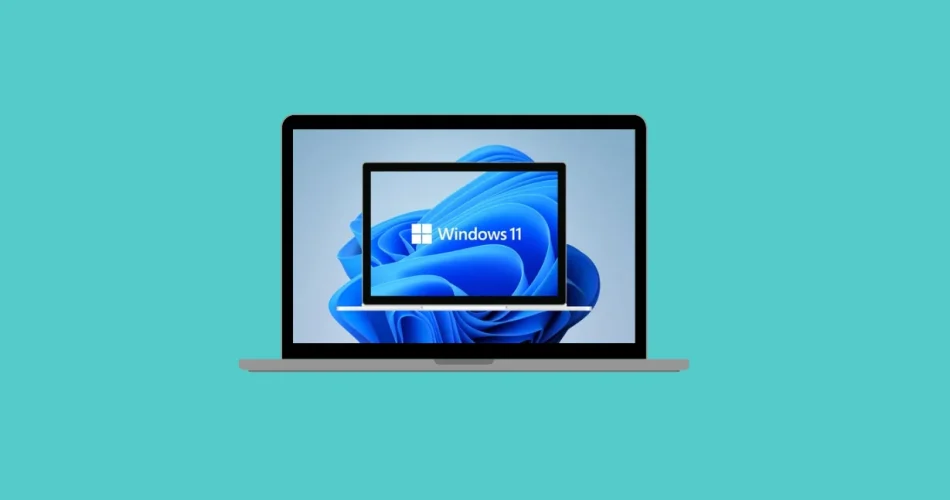Windows 11 introduced strict hardware requirements that prevent many older or custom-built PCs from upgrading—most notably TPM 2.0, Secure Boot, and newer CPU features. For users still running Windows 10 or wanting to test the latest Windows 11 version (25H2), these restrictions can be frustrating.
The good news? Tools like Rufus and Ventoy make it possible to bypass these checks and create bootable USB installers that run on unsupported machines. In this guide, you’ll learn step by step how to prepare a Windows 11 25H2 USB with both tools, the limitations you should know about, and which option works best for different use cases.

Key Hardware Requirements for Windows 11 24H2 and 25H2
Before diving into USB creation, it’s important to understand the limits:
- TPM 2.0 & Secure Boot → Officially required, but bypassable with Rufus and Ventoy.
- Minimum RAM (4 GB) → Also bypassable during setup.
- Processor instructions (non-negotiable):
- Intel CPUs must support POPCNT and SSE4.2
- AMD CPUs must support POPCNT and SSE4A
- Legacy CPUs (pre-2007) usually lack these instructions, making them unable to boot Windows 11 24H2/25H2—even with bypass tools.
If your CPU lacks POPCNT or SSE4, no workaround exists.
What You Need Before Starting
- A Windows PC to prepare the USB
- An empty USB flash drive with at least 8 GB capacity
- A Windows 11 ISO file (25H2 when available):
- Official Windows 11 Download Page
- Windows Insider ISO Page if 25H2 isn’t yet public
- Tool of your choice:
Method 1: Create a Windows 11 25H2 USB with Rufus
Rufus builds a standard Windows installer USB and adds customization options to bypass requirements.

Steps:
- Download Rufus and launch it. Insert your USB drive and select it in the Device list.
- Click the down-arrow next to Select → choose Download to fetch Windows 11 directly, or Select to use a previously downloaded ISO.
- Leave the default settings for partition scheme and target system (Rufus auto-detects the right ones).
- Click Start → Rufus opens a customization dialog. Enable:
- Remove TPM 2.0, Secure Boot, and RAM checks
- (Optional) Skip Microsoft account requirement
- (Optional) Auto-create a local account and disable Device Encryption/BitLocker
- Confirm the warnings and let Rufus write the installer to your USB.
- Boot your target PC, select the USB in its firmware boot menu, and begin installation.

Tip: If Rufus doesn’t show the Download option, enable Daily update checks in its settings to unlock the built-in ISO downloader.
Method 2: Create a Windows 11 25H2 USB with Ventoy
Ventoy works differently—it makes a USB that can boot ISO files directly without extracting them. You can store multiple ISOs on the same drive.
Steps:
- Extract the Ventoy ZIP and run Ventoy2Disk.exe.
- Select your USB drive (all data will be erased). Click Install and confirm.
- Download the Windows 11 25H2 ISO (from Microsoft or Insider page).
- Copy the ISO file(s) directly to the Ventoy USB—just like copying files.
- Boot the target PC from the Ventoy USB.
- From the Ventoy boot menu, pick the Windows 11 ISO to launch Setup.
Note: Updating to a newer ISO later is simple—just copy the new file to the Ventoy USB. No need to reformat.
Rufus vs. Ventoy: Which Should You Use?
| Tool | How It Works | Bypass Options | Best For |
|---|---|---|---|
| Rufus | Creates a traditional Windows installer USB with custom options | Skip TPM, Secure Boot, and RAM checks; bypass Microsoft account; auto-create local account; disable BitLocker prompts | Clean installs with full control over setup behavior |
| Ventoy | Boots ISOs directly from a USB menu (multi-boot) | Automatically bypasses Windows 11 checks | Users who want multiple Windows/Linux ISOs on one reusable USB |
Limitations and Support Status
- PCs installed this way are considered unsupported. Microsoft does not guarantee updates or full functionality.
- Hardware instruction support (POPCNT, SSE4.2/SSE4A) is mandatory—no bypass is possible.
- Some advanced features or future updates may not work correctly.
That said, many users successfully run Windows 11 on older hardware with no major issues, as long as they understand the risks.
Conclusion
Installing Windows 11 25H2 on unsupported hardware is entirely possible with Rufus or Ventoy. Rufus is ideal for one-time installs with precise setup options, while Ventoy is perfect for users who like keeping multiple ISOs on a single USB.
Just remember: while bypass tools can remove TPM, Secure Boot, and RAM checks, they cannot overcome CPU instruction requirements. For very old systems, the only long-term alternative may be sticking with Windows 10 ESU until 2026—or switching to Linux.
With the right tool and preparation, you can keep older PCs running Microsoft’s latest OS—at least for a while longer.
And if you'd like to go a step further in supporting us, you can treat us to a virtual coffee ☕️. Thank you for your support ❤️!

We do not support or promote any form of piracy, copyright infringement, or illegal use of software, video content, or digital resources.
Any mention of third-party sites, tools, or platforms is purely for informational purposes. It is the responsibility of each reader to comply with the laws in their country, as well as the terms of use of the services mentioned.
We strongly encourage the use of legal, open-source, or official solutions in a responsible manner.



Comments